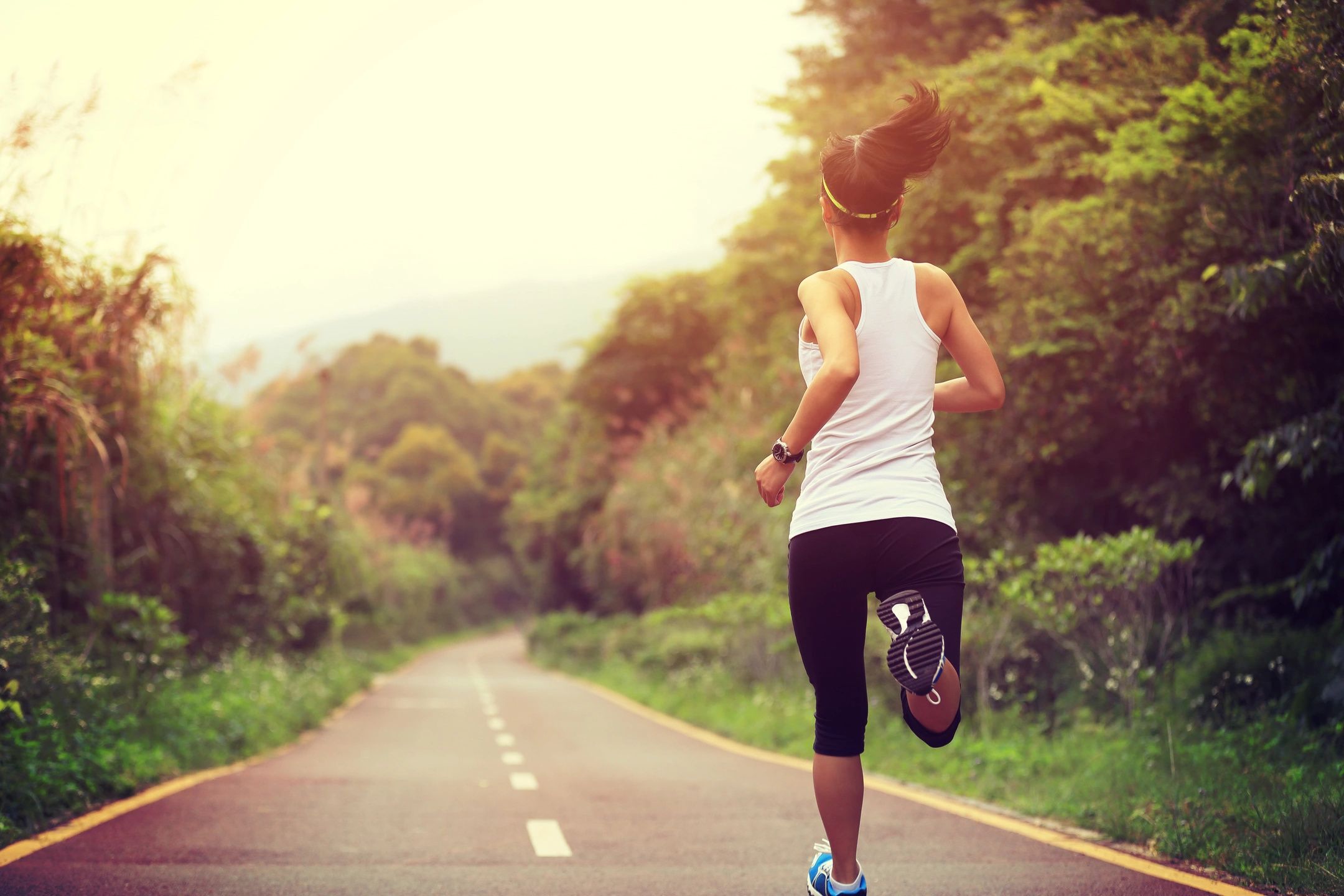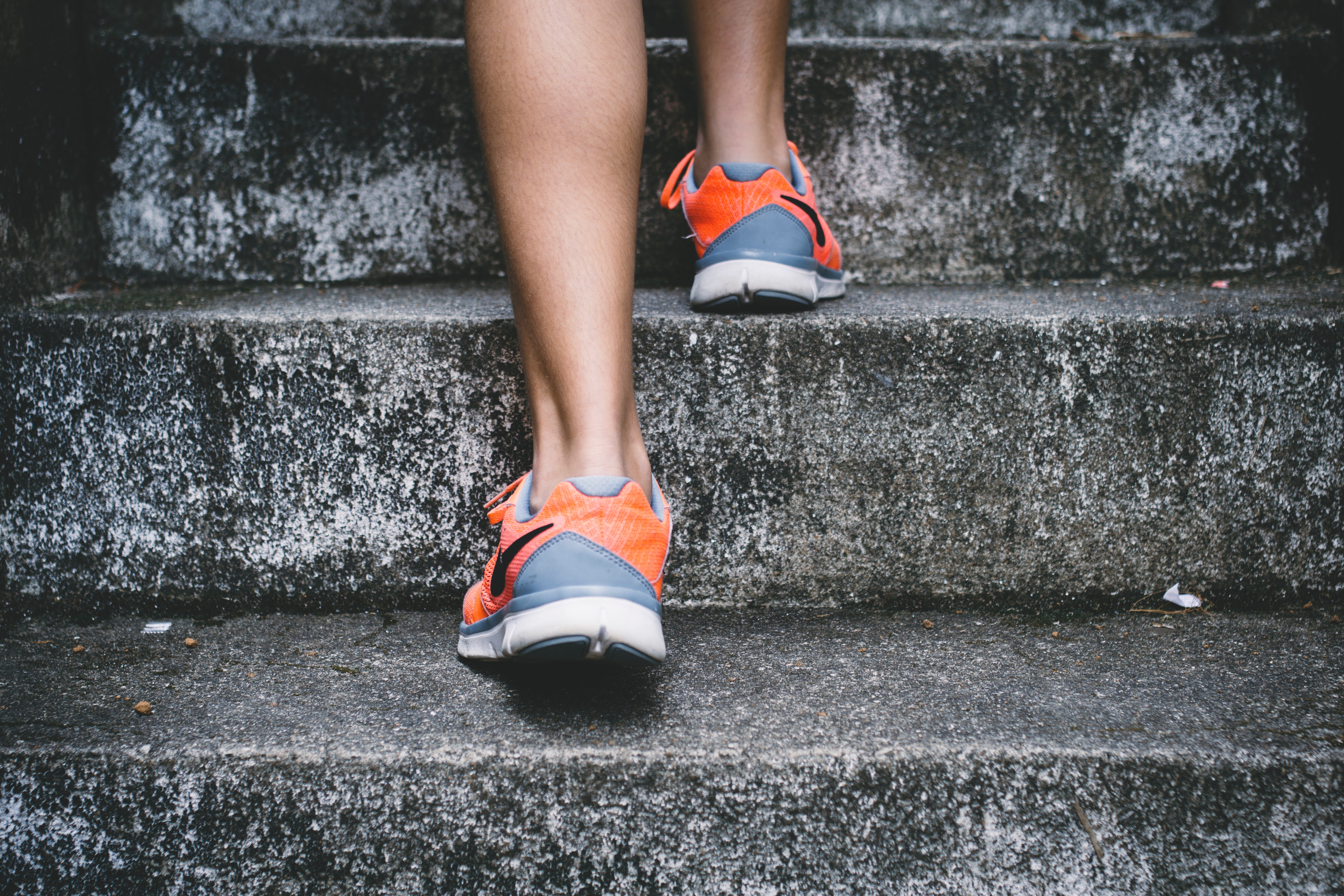The World Health Organisation (WHO) has recently released a Global Action Plan on physical activity with the aim of reducing physical inactivity by 10% by 2025, and by 15% by 2030. To support this goal they have developed 4 main objectives:
- Create active societies: “Create a paradigm shift in all of society by enhancing knowledge and understanding of, and appreciation for, the multiple benefits of regular physical activity, according to ability and at all ages.”1
- Create active environments: “Create and maintain environments that promote and safeguard the rights of all people, of all ages, to have equitable access to safe places and spaces, in their cities and communities, in which to engage in regular physical activity, according to ability.”1
- Create active people: “Create and promote access to opportunities and programmes,
across multiple settings, to help people of all ages and abilities to engage in regular physical activity as individuals, families and communities.”1 - Create active systems: “Create and strengthen leadership, governance, multisectoral partnerships, workforce capabilities, advocacy and information systems across sectors to achieve excellence in resource mobilization and implementation of coordinated international, national and subnational action to increase physical activity and reduce sedentary behaviour.”1
The reduction of sedentary behaviour is included in objective number four. However, several action items across the four objectives include targeting sedentary behaviour in order to decrease physical inactivity levels. Action 1.1 of the plan is to, “implement best practice communication campaigns, linked with community based programmes, to heighten awareness, knowledge and understanding of, and appreciation for, the multiple health benefits of regular physical activity and less sedentary behaviour, according to ability, for individual, family and community well-being.”1 The BeUpstanding™ Champion Toolkit speaks to this action item, as it is an evidence-informed resource that helps workplaces raise awareness and understand the benefits of sitting less. BeUpstanding™ also takes it one step further and helps workplaces begin to create cultural change by targeting organisational elements to foster a movement in the workplace.
Sign up to the BeUpstanding™ Champion Toolkit today to play your part in helping us reach the universal goal of reducing physical inactivity by 10% by 2025.
Reference:
1. Global Action Plan on Physical Activity 2018-2030: More Active People for a Healthier World. Geneva: World Health Organization; 2018. License: CC BY-NC-SA 3.0 IGO.










Comments are closed.